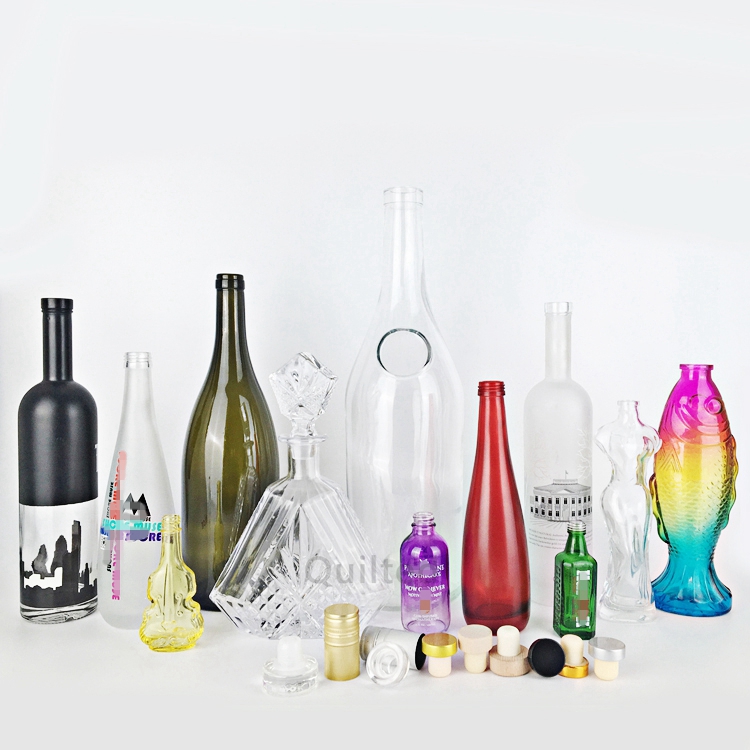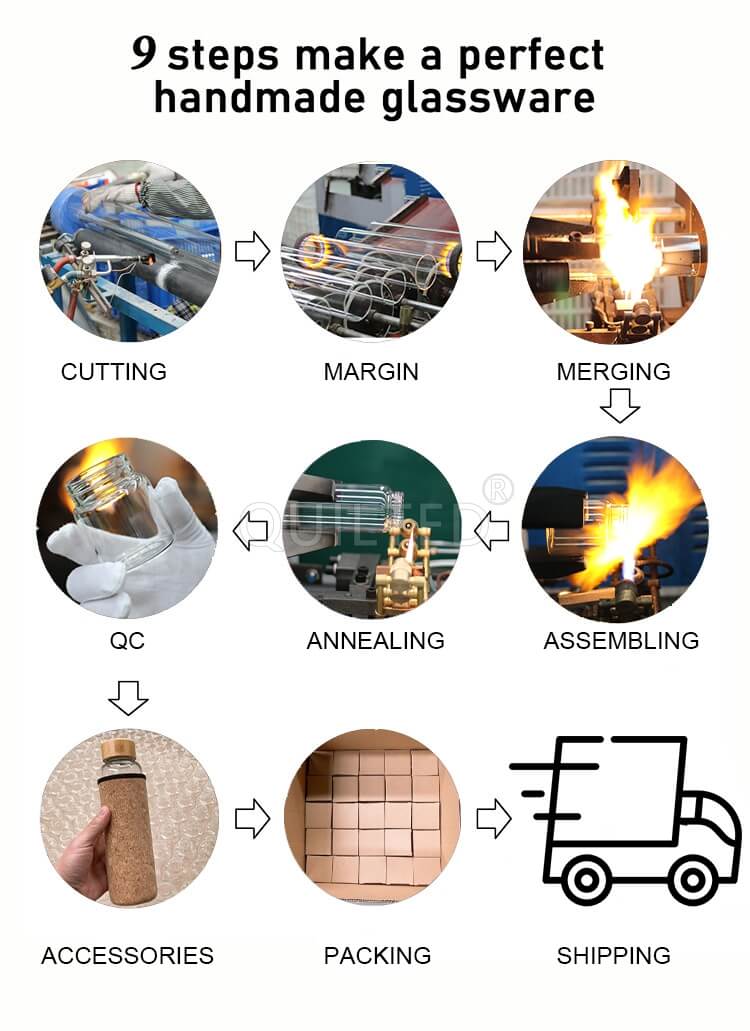Choosing the right glass wine bottle isn’t just aesthetics—it’s about preserving quality, enhancing brand value, and ensuring logistical efficiency. As a direct factory manufacturer of glass bottles for global exporters and brands, we understand the nuances that distributors, wineries, and beverage companies prioritize. Unlike brokers or traders, we control every production stage—from raw materials to final inspection—giving you faster turnaround, cost savings, and customization freedom. Here’s how to identify truly exceptional wine bottles:
1. Acoustic Integrity: Listen Beyond the Ring
The Myth of “Crystal vs. Glass”: While crystal glassware produces a high-pitched ring, commercial wine bottles are engineered for durability, not resonance. As a factory, we conduct acoustic tests to detect micro-fractures or inconsistencies invisible to the eye. A clear, resonant tap indicates uniform thickness and structural integrity—critical for withstanding filling lines, shipping vibrations, and temperature shifts.
Factory Advantage: Our in-house quality lab uses automated acoustic sensors to scan 100% of production runs, ensuring every bottle meets impact-resistance standards. Sourcing directly from us means no middleman delays—we ship within 15 days of order confirmation.
2. Weight & Stability: Balance Elegance with Function
Heavier ≠ better. Luxury crystal decanters prioritize heft, but wine bottles demand strategic weight distribution. Optimal weight:
- Prevents toppling on conveyor belts.
- Minimizes breakage during transit.
- Reduces shipping costs (lighter bottles = lower freight fees).
Factory Insight: Standard 750ml wine bottles typically weigh 450–650g. We engineer lighter, stronger designs using advanced annealing ovens—saving you up to 18% in logistics costs without compromising strength.
3. Optical Clarity: Refraction as a Quality Marker
High-refractive-index crystal creates rainbows, but wine bottles prioritize brilliant transparency and UV protection. Premium glass should:
- Transmit light evenly (no streaks or bubbles).
- Block 90%+ of UV rays to preserve wine quality.
- Maintain clarity after multiple wash cycles.
Factory Precision: Our raw materials—quartz sand, soda ash, limestone—are purified to 99.9% silica. Automated optical scanners inspect for impurities, ensuring >92% light transmission (exceeding ISO 12775 standards).
4. Hardness & Scratch Resistance: The Forgotten Metric
While crystal scratches glass, commercial bottles require surface hardness to withstand labeling, stacking, and handling. We test using:
- Mohs scale assessments (target: 6.5+).
- Abrasion simulations (100+ cycles).
- Internal coating options (e.g., Sancryl® for acid resistance).
Factory Durability: Our bottles undergo Vickers hardness testing (500–600 kgf/mm²) and hot-end coatings for superior scratch resistance—extending shelf life and reducing returns.
5. Material Science: Why Composition Matters
Glass bottles aren’t “just glass.” Food-grade formulations must:
- Resist chemical corrosion (e.g., acidic wines, cleaning agents).
- Withstand thermal shock (-15°C to 60°C).
- Be 100% recyclable (key for EU/US compliance).
Our Formula:
- Raw Materials: 72% Silica Sand (low-iron Indonesian sources) + 13% Soda Ash + 10% Recycled Cullet + 5% Feldspar.
- Advantages:
- Non-reactive: Preserves taste integrity (FDA/EC 1935 certified).
- Thermal stability: No cracking at pasteurization temps.
- Eco-efficient: 40% recycled content lowers your carbon footprint.
—
Why Partner with a Factory (Not a Trader)?
As a vertically integrated manufacturer, we solve pain points distributors can’t:
✅ Cost Efficiency
- Your Savings: No intermediary markups = 12–30% lower pricing than resellers.
- Example: 50,000-unit order of 750ml flint wine bottles: $0.28/unit (vs. traders at $0.37/unit).
✅ Speed-to-Market
- 15-day standard production (vs. 45+ days through agents).
Post time: Jun-08-2025

